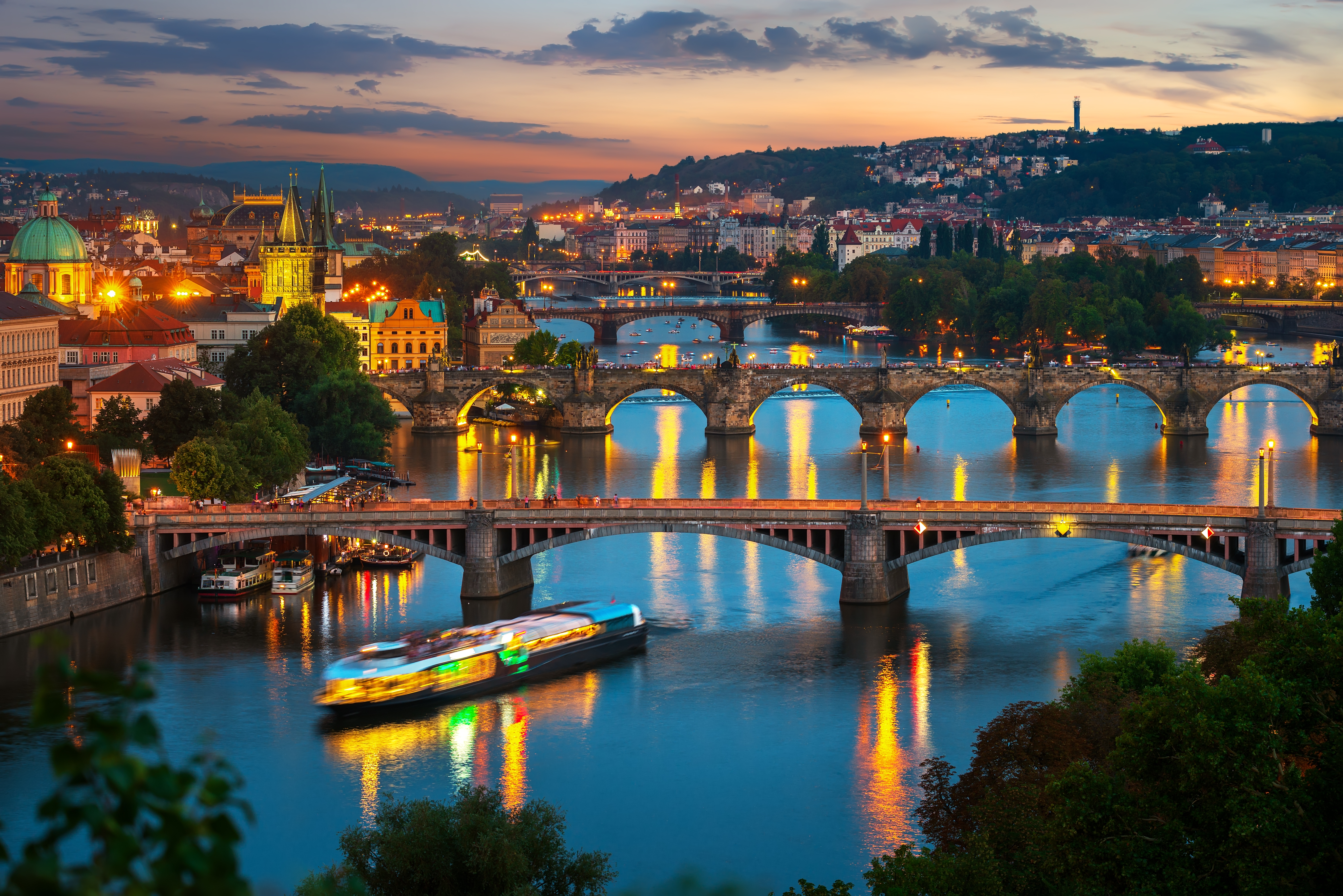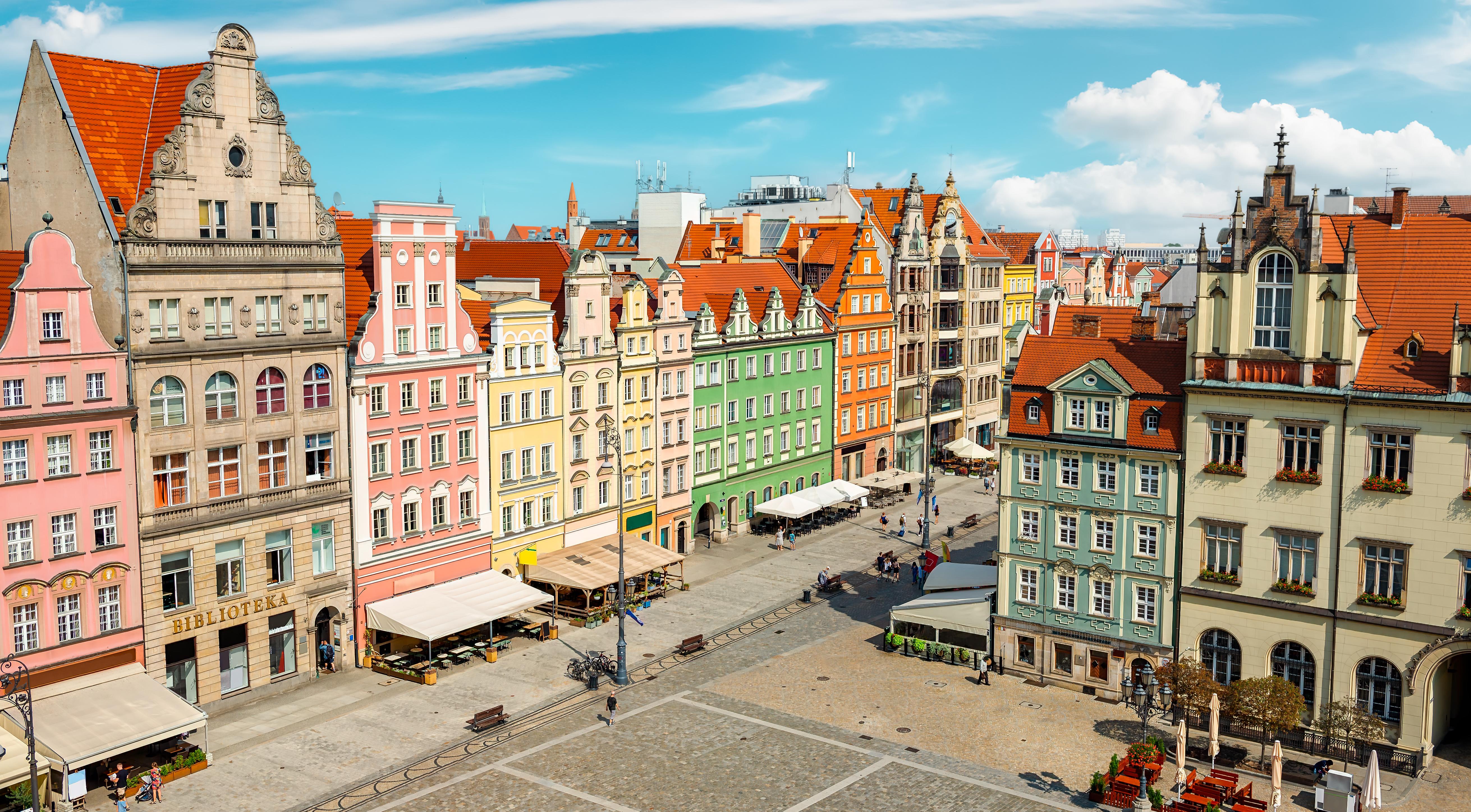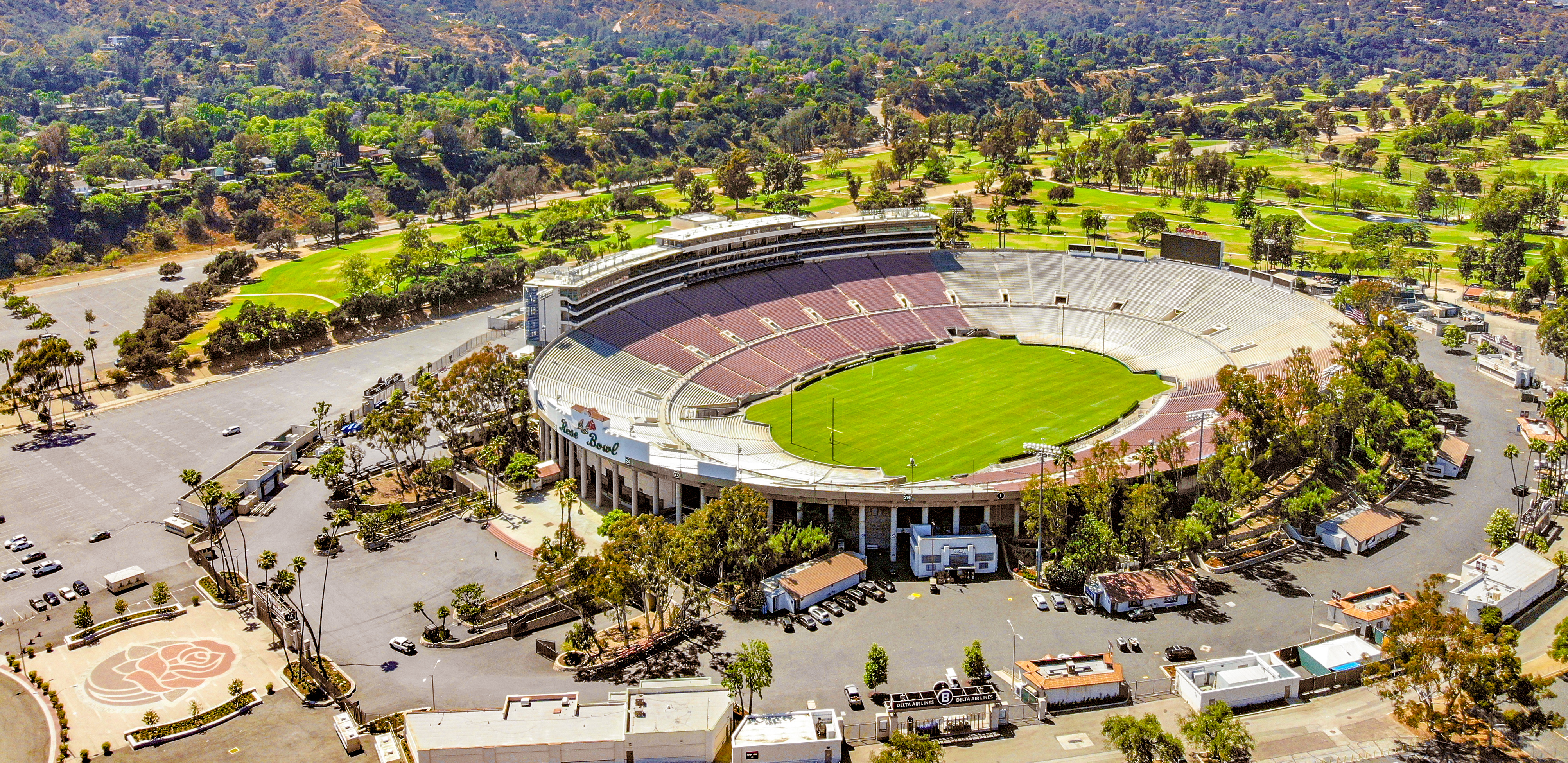11 Eerie Ancient Ruins That Tell Forgotten Stories
In the silent whispers of time, ancient ruins stand as sentinels, guarding the secrets of civilizations long past. These eerie remnants of history are not just piles of stone and rubble; they are the echoes of human ambition, creativity, and mystery. As we embark on this journey through the 11 most eerie ancient ruins, we invite you to unearth the hidden realms they represent. Each site tells tales of forgotten empires, lost knowledge, and the enduring human spirit. From the jungles of Central America to the deserts of the Middle East, these ruins beckon us to listen closely to their stories, to imagine the lives once lived within their walls, and to ponder the mysteries that remain unsolved. Prepare to traverse landscapes where the past and present collide, where the eerie beauty of decay meets the grandeur of ancient achievement.
1. Machu Picchu: The Lost City of the Incas
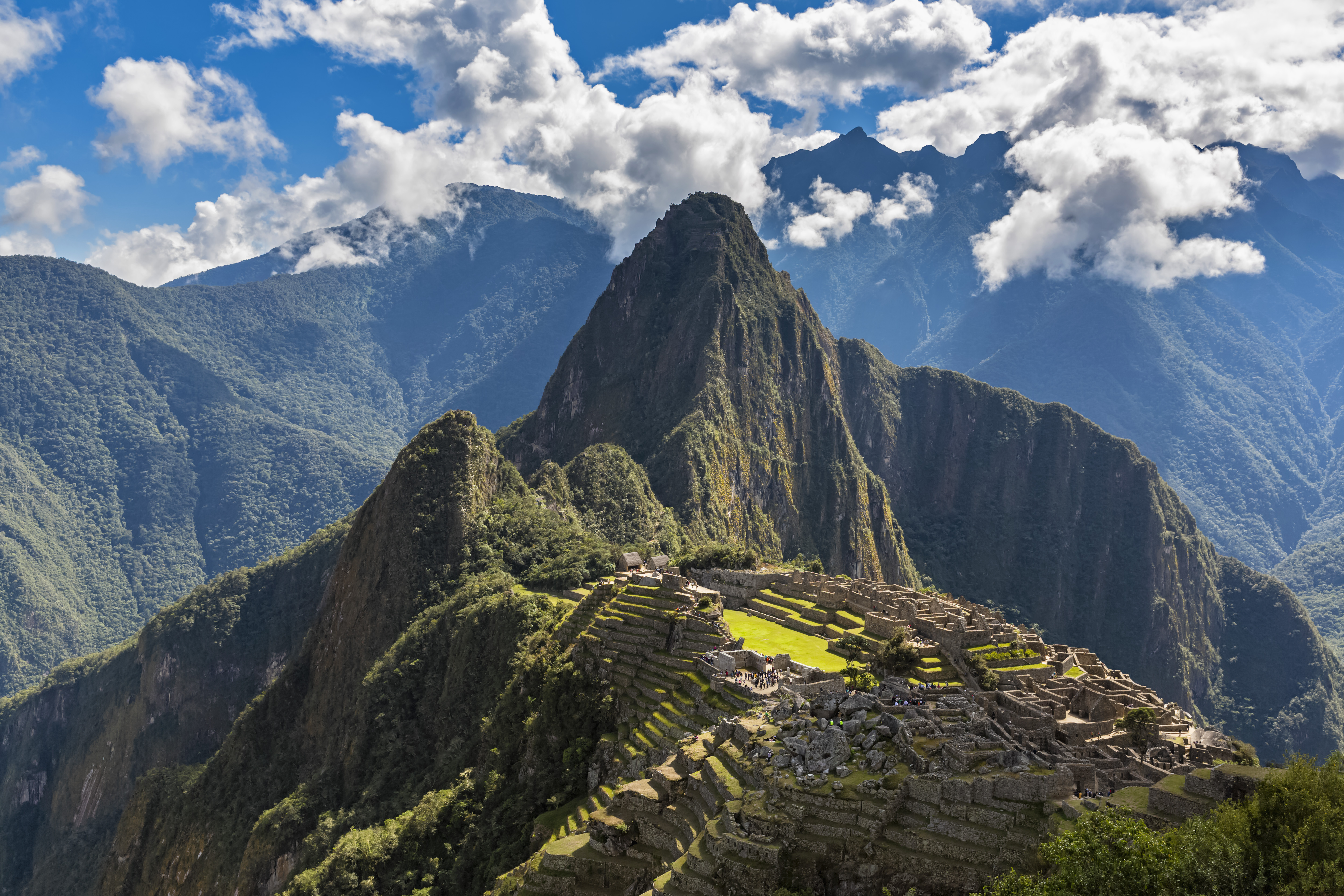
Perched high in the Andes Mountains, Machu Picchu is a testament to the ingenuity and resilience of the Inca civilization. This ancient city, often shrouded in mist, was rediscovered in 1911 by Hiram Bingham, though it had never been lost to the indigenous people of the region. The precision of its stonework, the complexity of its terraces, and the mystery of its purpose continue to captivate archaeologists and travelers alike. Was it a royal estate, a religious site, or a military stronghold? Theories abound, but the true story of Machu Picchu remains elusive. As you wander through its stone corridors and gaze upon the breathtaking vistas, you can enjoy the remnants of its past glory in a different time altogether.
2. Angkor Wat: The Temple Complex of Wonder
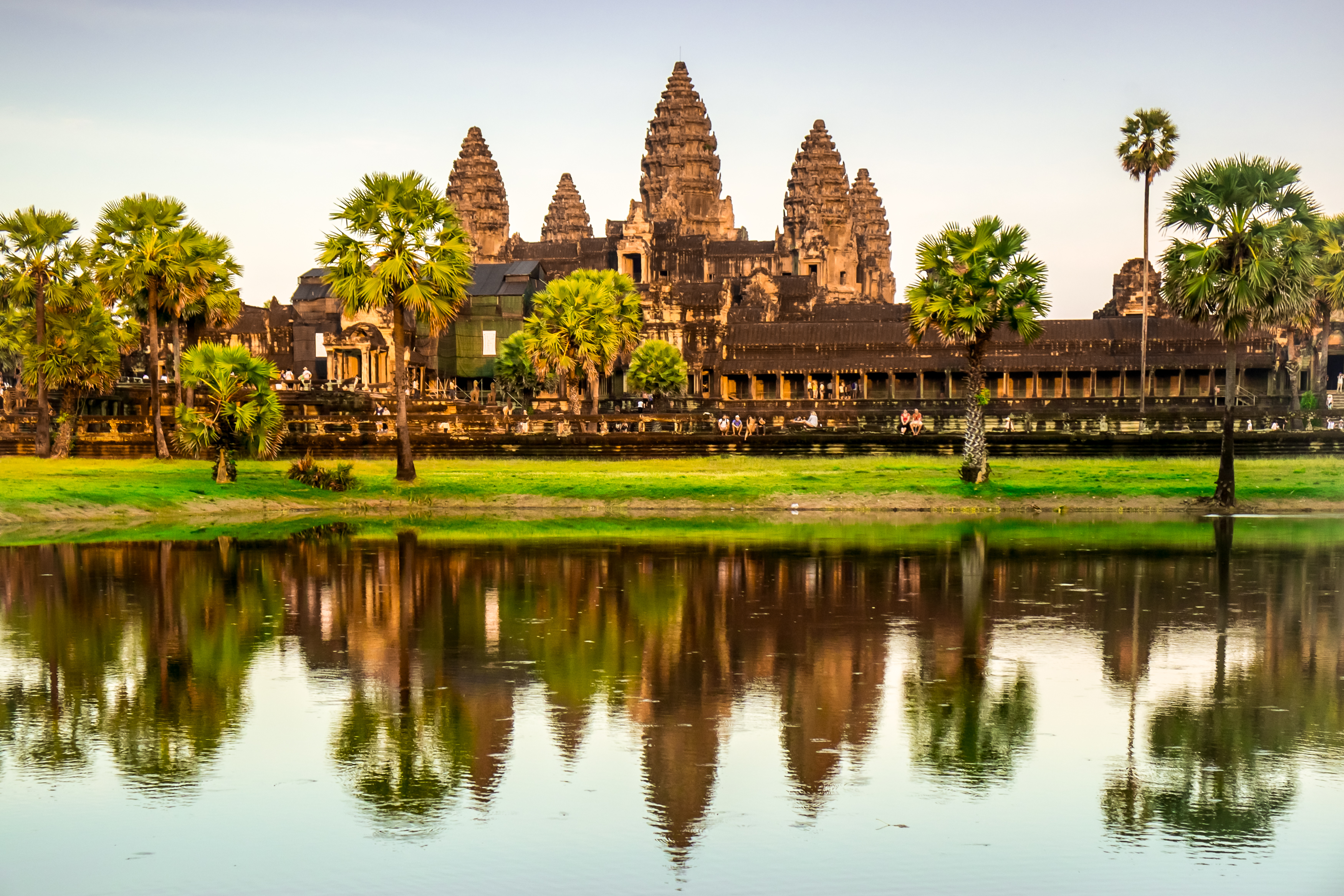
In the heart of Cambodia lies Angkor Wat, a sprawling temple complex that once served as the capital of the Khmer Empire. Built in the 12th century, this architectural marvel is the largest religious monument in the world. Its intricate bas-reliefs depict scenes from Hindu mythology, and its towers rise majestically towards the sky. Yet, beneath its grandeur lies an air of mystery. How did such an advanced civilization vanish, leaving these monumental structures to be reclaimed by the jungle? Recent research suggests climate change and overpopulation may have played a role, but the full story of Angkor's decline is still a puzzle waiting to be solved.
3. Stonehenge: The Enigma of the Standing Stones
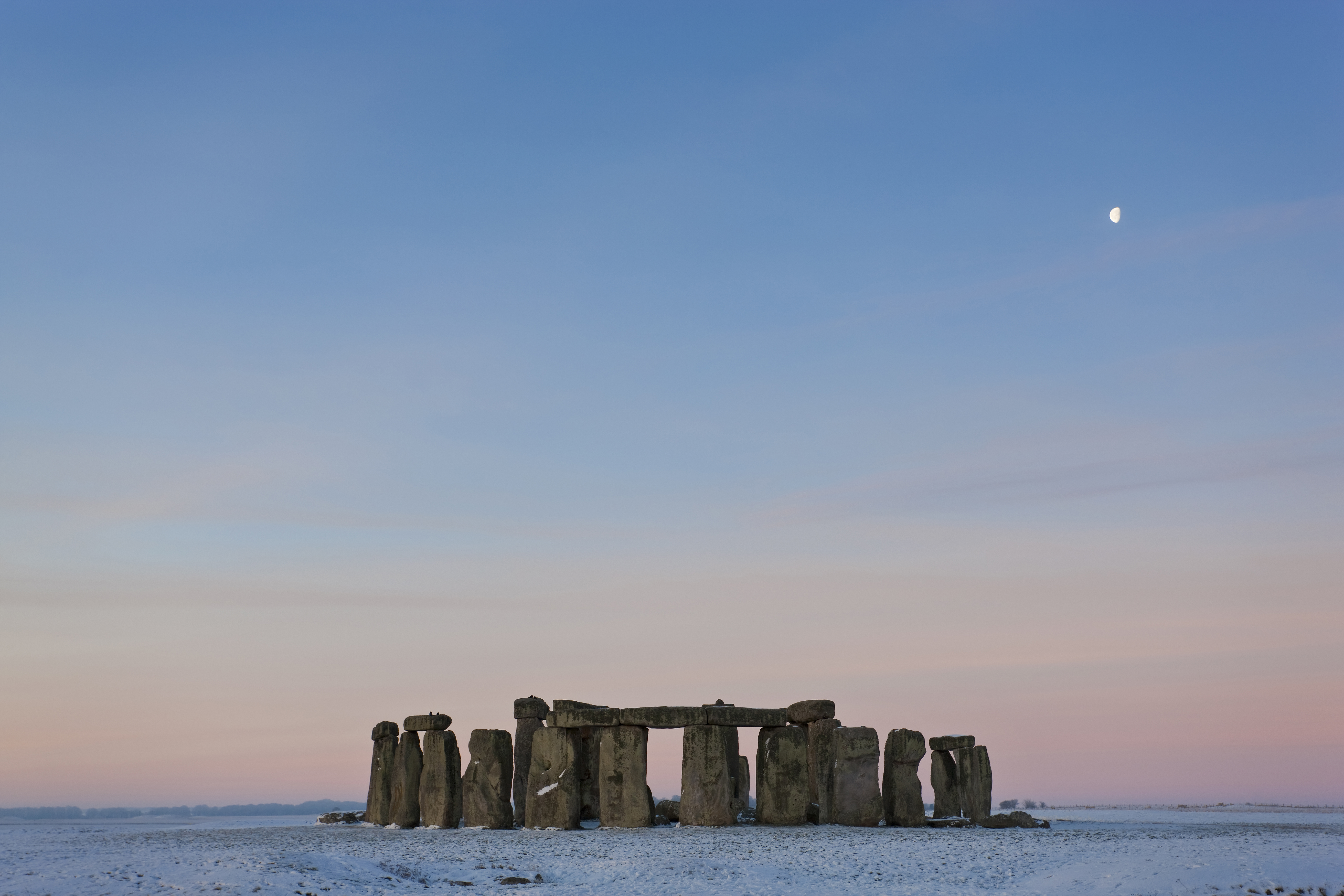
On the Salisbury Plain in England, Stonehenge stands as a testament to prehistoric ingenuity and mystery. This circle of massive stones, some weighing over 25 tons, was erected over 4,000 years ago. The purpose of Stonehenge has been the subject of speculation for centuries. Was it an astronomical observatory, a religious site, or a burial ground? Recent studies suggest it may have served multiple purposes, evolving over time. The precision with which the stones are aligned with celestial events hints at a sophisticated understanding of astronomy. As you stand among these ancient monoliths, you can feel the weight of history pressing down in ways that many find interesting to ponder over.
4. Petra: The Rose-Red City Half as Old as Time
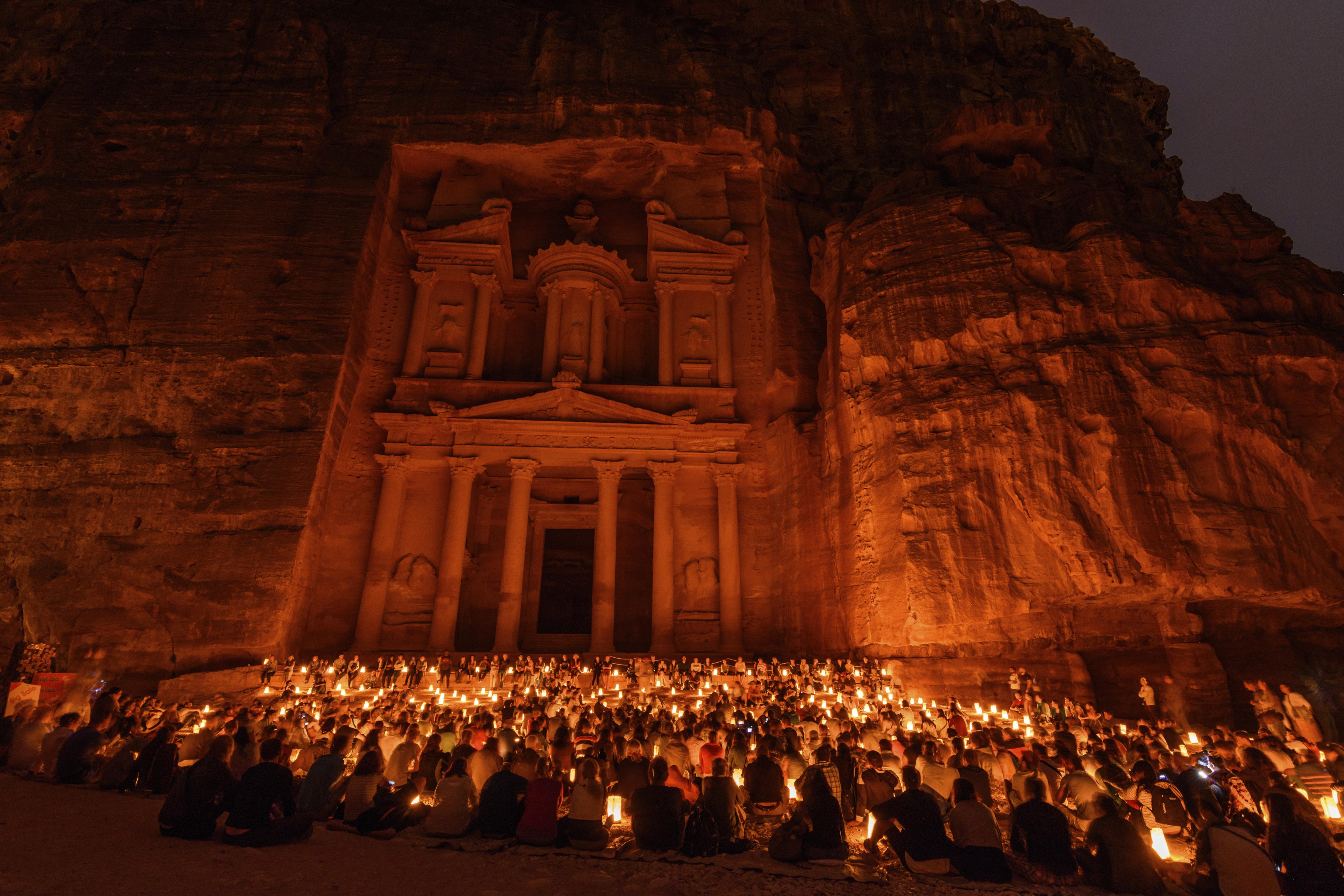
Carved into the rose-hued cliffs of southern Jordan, Petra is a city that defies imagination. Once a thriving trade hub and the capital of the Nabataean Kingdom, Petra is renowned for its rock-cut architecture and advanced water management system. The city was lost to the Western world for centuries until its rediscovery in 1812. The most iconic structure, the Treasury, greets visitors with its ornate façade, but the city holds many more secrets. Recent archaeological discoveries suggest Petra was much larger than previously thought, with a complex network of temples, tombs, and public spaces. As you explore its narrow canyons and hidden chambers, you can almost hear the bustling life that once filled its streets.
5. The Pyramids of Giza: Guardians of the Pharaohs
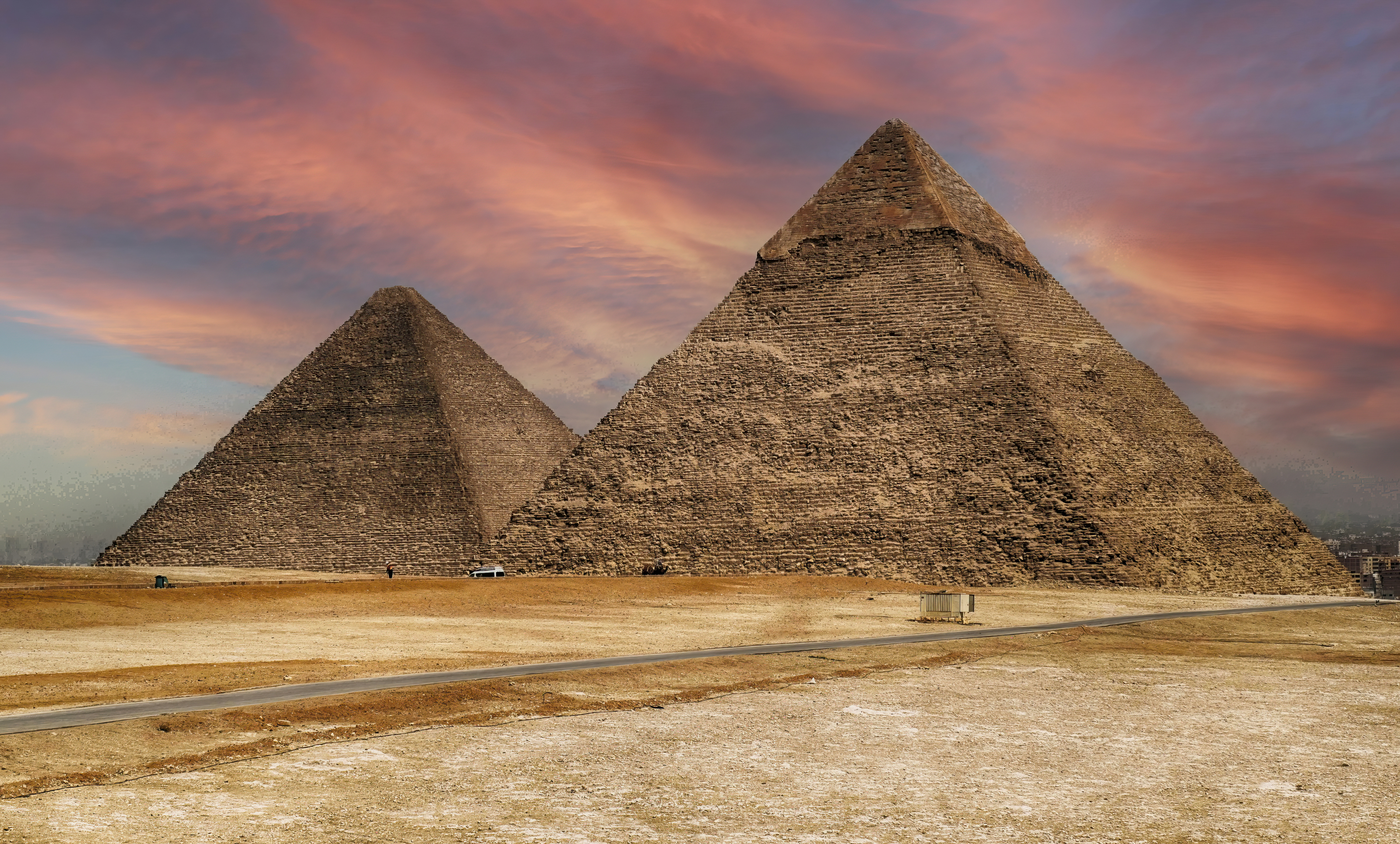
The Pyramids of Giza, standing on the outskirts of Cairo, are among the most iconic structures in the world. These monumental tombs were built for the pharaohs of ancient Egypt, a testament to their power and divine status. The Great Pyramid, the largest of the three, was constructed with such precision that its original casing stones reflected sunlight like a beacon. Despite being studied for centuries, the pyramids still hold many mysteries. How were they built with such precision without modern technology? What secrets lie within the undiscovered chambers? As you gaze upon these ancient wonders, you are reminded of the enduring legacy of a civilization that continues to captivate the human imagination.
6. The Acropolis: Athens' Crown Jewel
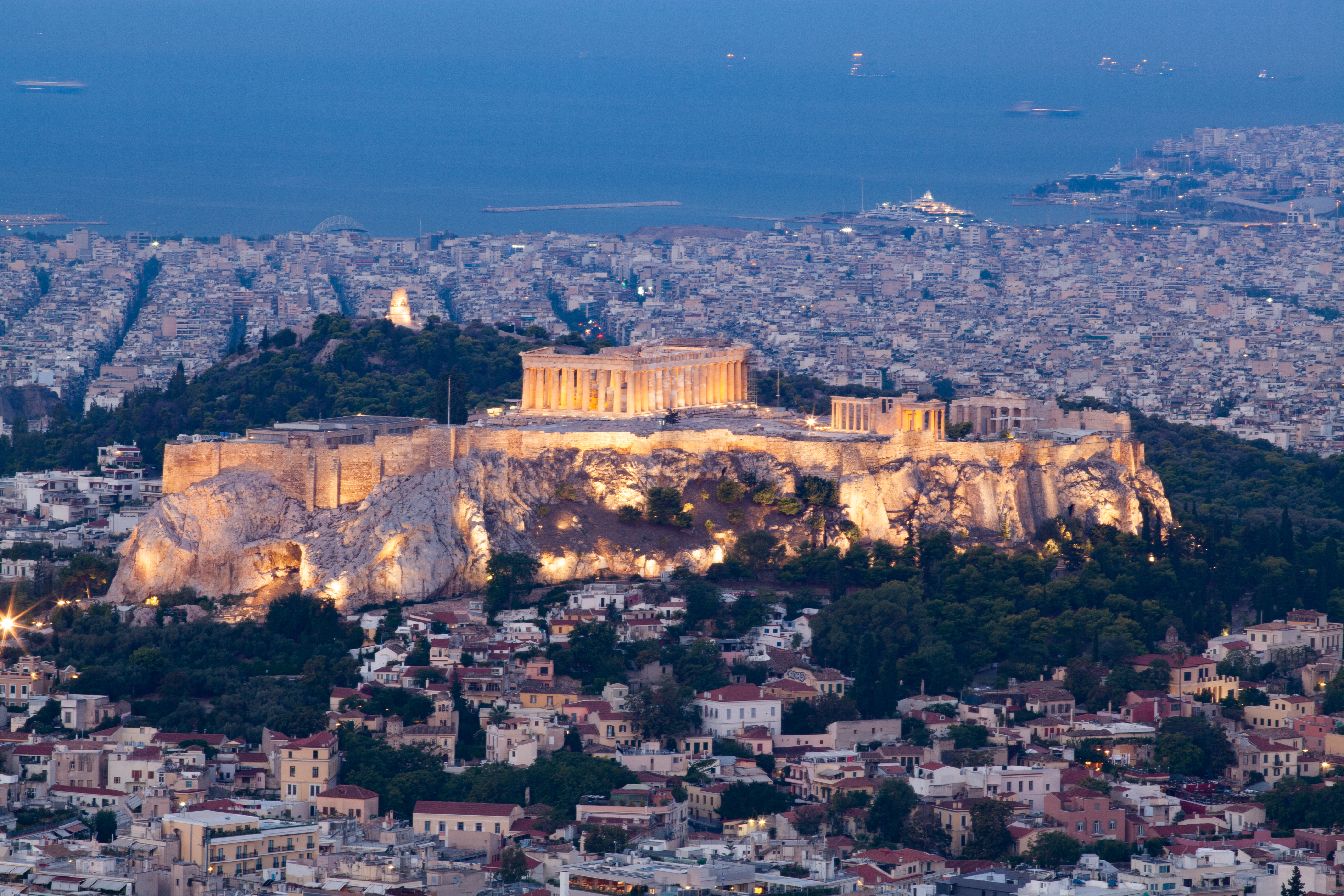
Rising above the city of Athens, the Acropolis is a symbol of ancient Greek civilization. This citadel, home to the Parthenon and other significant structures, was the center of religious and political life in ancient Athens. The Parthenon, dedicated to the goddess Athena, is a masterpiece of classical architecture, renowned for its Doric columns and intricate sculptures. The Acropolis has withstood the ravages of time, war, and pollution, yet it remains a powerful symbol of Greek cultural heritage. As you walk among its ruins, you are transported back to a time when philosophy, democracy, and art flourished in this ancient city-state.
7. Chichen Itza: The Mayan Metropolis
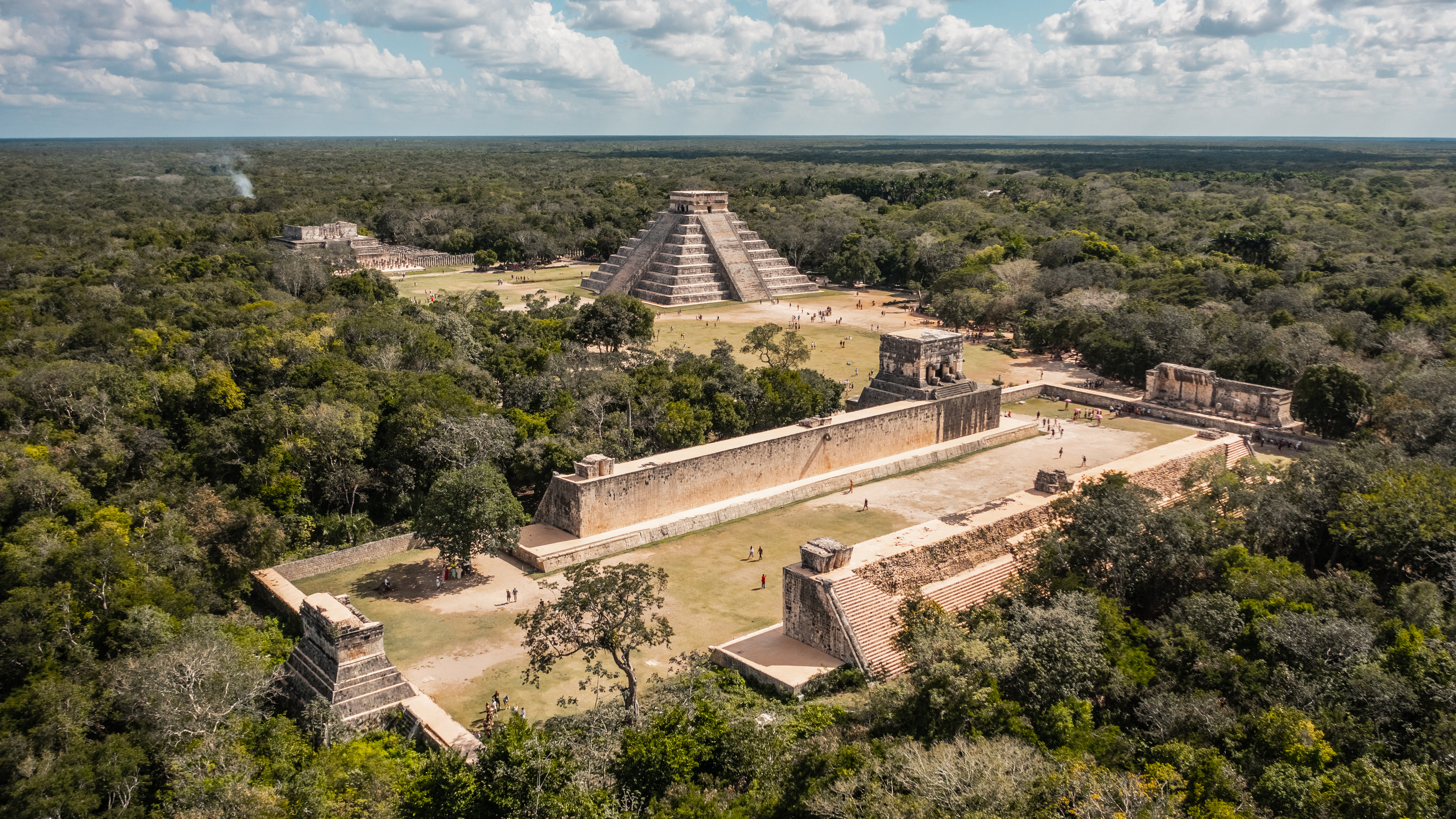
Deep in the Yucatan Peninsula, Chichen Itza stands as a testament to the achievements of the Maya civilization. This ancient city, once a bustling metropolis, is home to iconic structures like the Pyramid of Kukulcan and the Temple of the Warriors. The pyramid, also known as El Castillo, is a marvel of engineering, aligned with astronomical events such as the equinoxes. The Maya were skilled astronomers and mathematicians, and their knowledge is reflected in the city's layout and architecture. Yet, despite their advancements, the reasons for the decline of Chichen Itza remain a mystery. As you explore its ruins, you can almost feel the presence of the Maya and the world that they curated all on their own.
8. The Terracotta Army: Guardians of the First Emperor
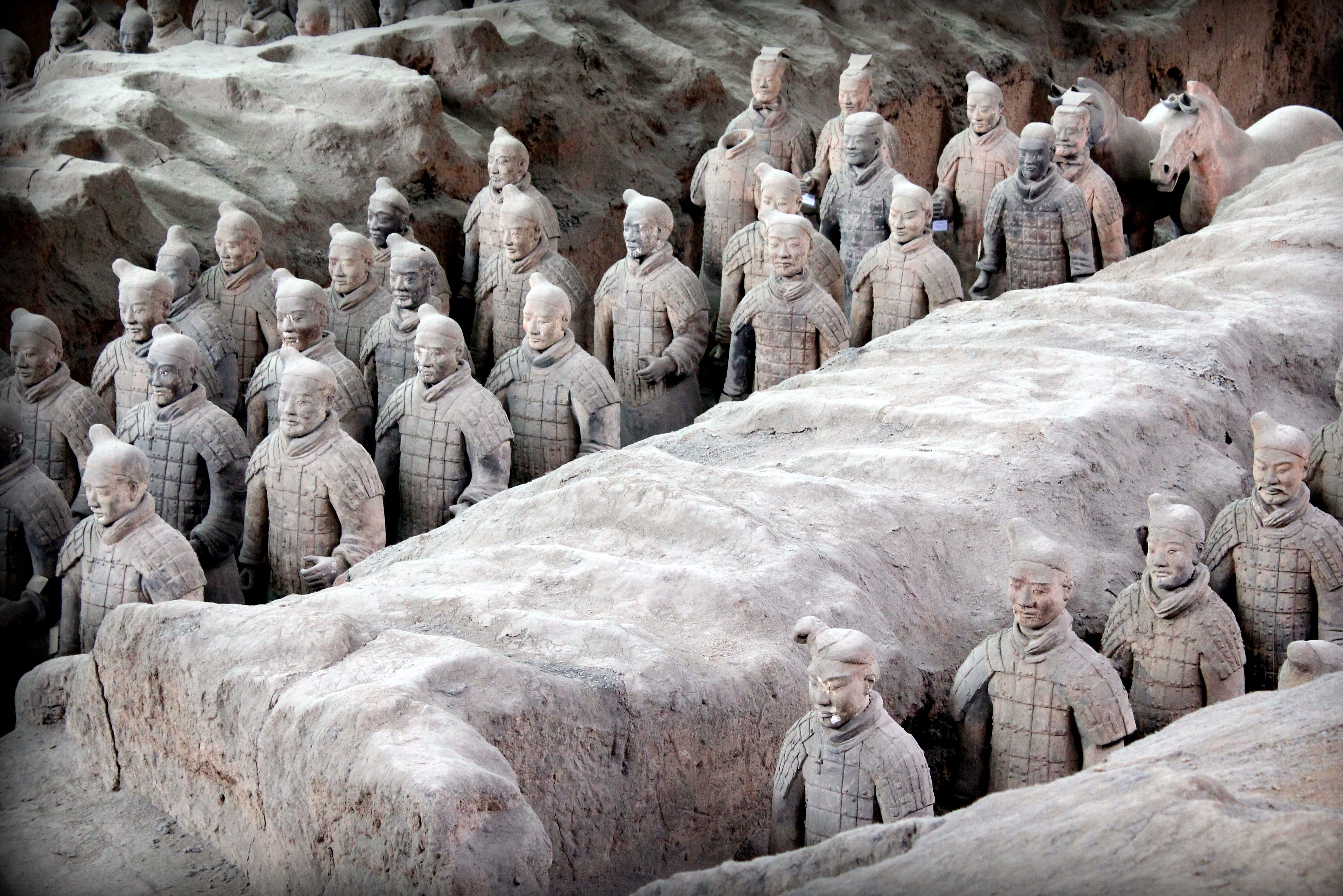
In the heart of China, the Terracotta Army stands as a testament to the power and ambition of the first Emperor, Qin Shi Huang. Discovered in 1974, this vast army of life-sized terracotta soldiers, horses, and chariots was buried to protect the emperor in the afterlife. Each figure is unique, with intricate details that reflect the military hierarchy of the time. The sheer scale of the army, with thousands of figures spread across several pits, is a testament to the organizational prowess of the Qin dynasty. Yet, the full extent of the burial complex remains unknown, with many chambers still unexcavated. As you stand before these silent warriors, you are reminded of the emperor's quest for immortality and the enduring legacy of his reign.
9. Easter Island: The Moai Statues of Rapa Nui
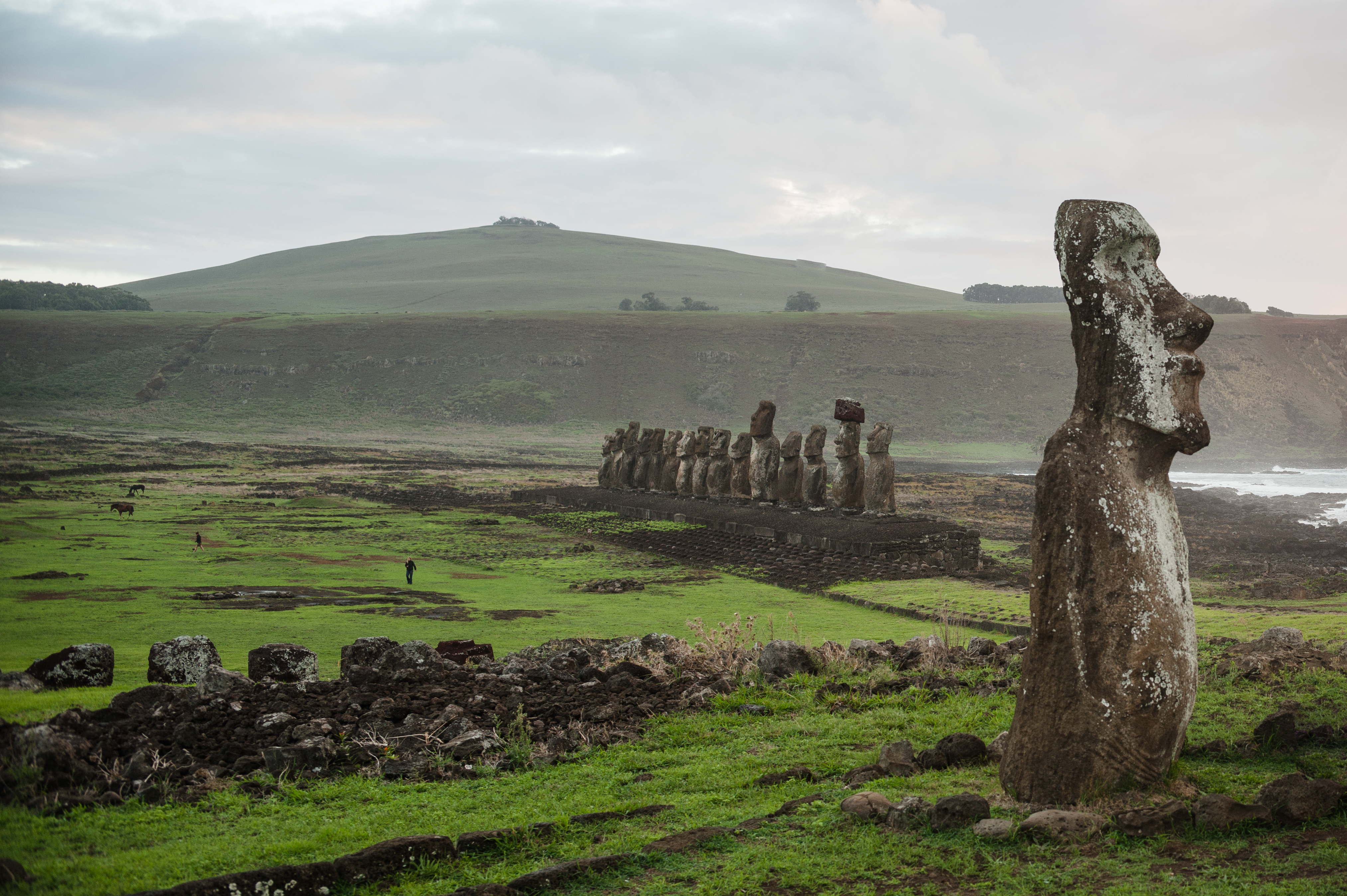
In the remote Pacific Ocean, Easter Island is home to the enigmatic Moai statues. These colossal figures, carved from volcanic rock, are scattered across the island, standing as silent sentinels. The Rapa Nui people, who created these statues, are believed to have arrived on the island around 1200 AD. The purpose of the Moai remains a mystery, with theories suggesting they were created to honor ancestors or as representations of deified leaders. The island's isolation and limited resources make the construction and transportation of these statues an incredible feat. As you wander among the Moai, you are reminded of the ingenuity and resilience of the Rapa Nui, and the mysteries that still shroud their history.
10. Göbekli Tepe: The World's Oldest Temple
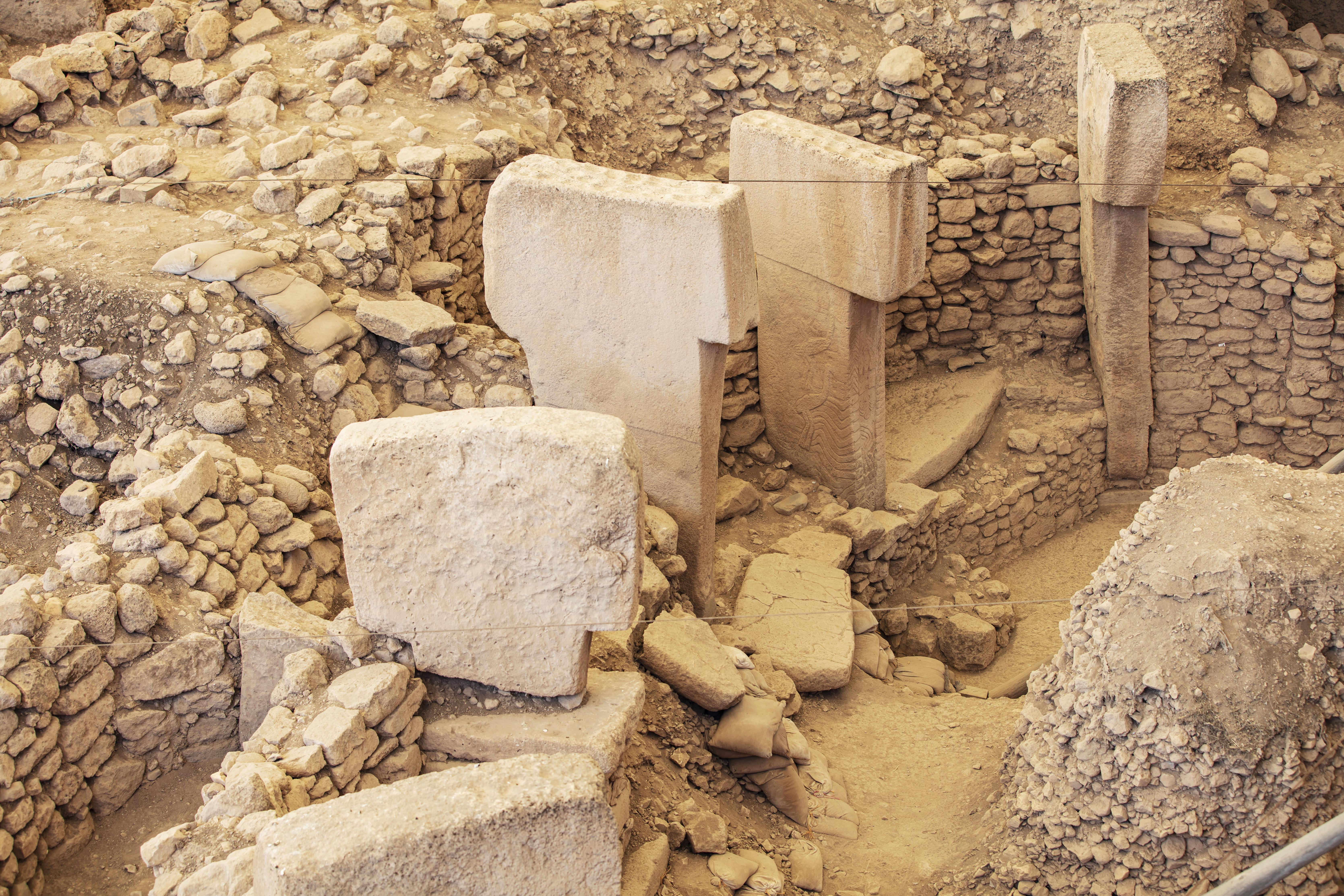
In the arid plains of southeastern Turkey, Göbekli Tepe stands as a testament to the ingenuity of prehistoric societies. Dated to around 9600 BC, this site is considered the world's oldest temple complex. The massive stone pillars, adorned with intricate carvings of animals and abstract symbols, suggest a sophisticated society capable of organizing large-scale construction projects. The purpose of Göbekli Tepe remains a mystery, with theories suggesting it was a ceremonial site or a place for communal gatherings. The discovery of this site has challenged our understanding of the development of human civilization, suggesting that complex societies may have existed much earlier than previously thought. As you explore its ancient stones, you are reminded of the enduring human quest for meaning and connection through the tides of time.
11. Palmyra: The Desert Oasis
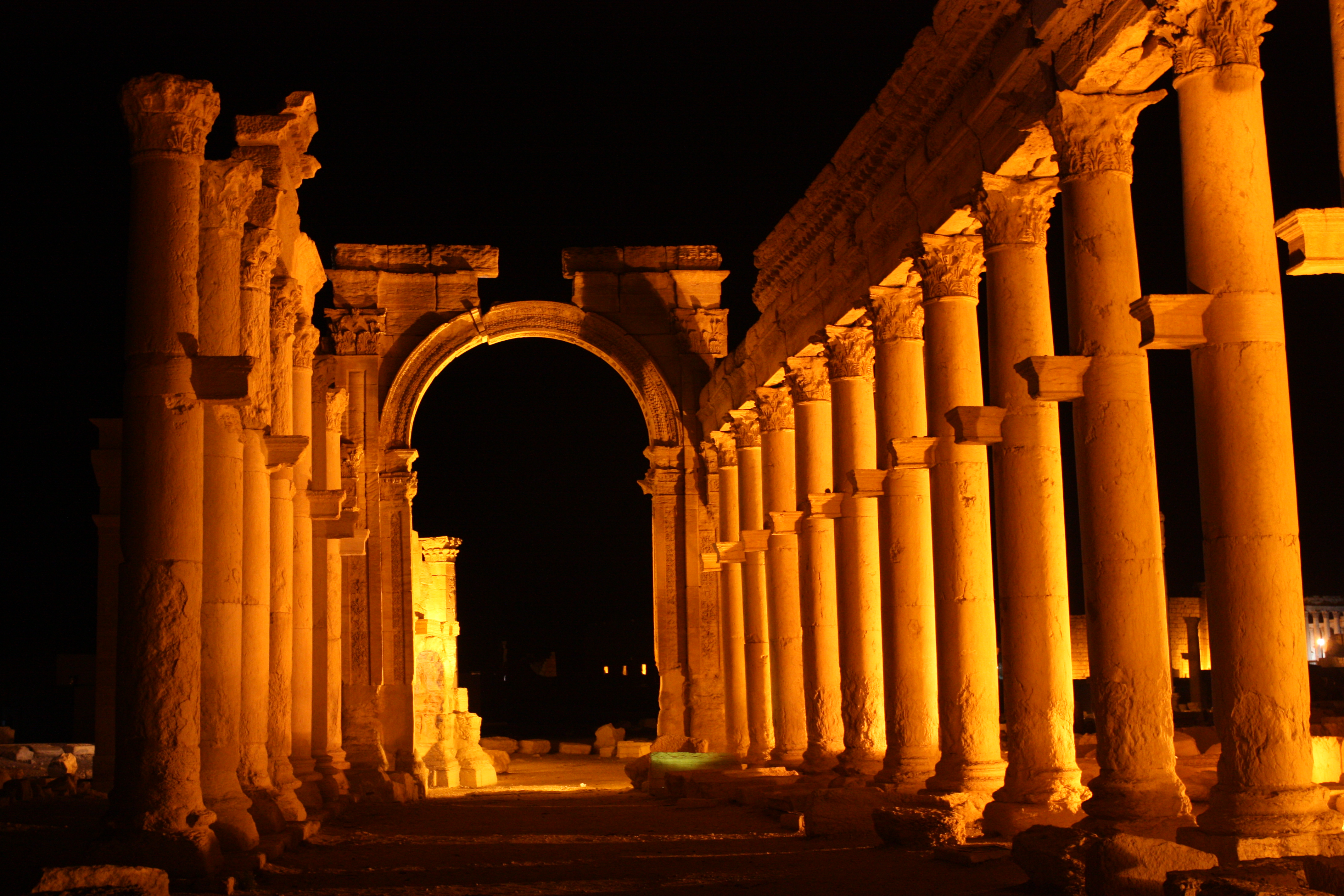
In the heart of the Syrian desert, Palmyra was once a thriving city and a vital trade hub on the Silk Road. Known as the "Bride of the Desert," Palmyra was a melting pot of cultures, with influences from Persia, Rome, and Arabia. The city's grand colonnades, temples, and theaters are a testament to its former glory. However, recent conflicts have left much of Palmyra in ruins, a stark reminder of the fragility of cultural heritage. Despite this, efforts are underway to preserve and restore what remains. As you walk among the ruins of Palmyra, you are reminded of the resilience of human culture and the importance of preserving our shared history for future generations.
As we conclude our journey through these eerie ancient ruins, we are left with a profound sense of awe and wonder. Each site, with its unique history and mysteries, offers a glimpse into the lives of those who came before us. These ruins are not just remnants of the past; they are living monuments that continue to inspire and captivate us. They remind us of the enduring human spirit, the pursuit of knowledge, and the quest for meaning. As we strive to preserve and understand these ancient sites, we are reminded of our connection to the past and our responsibility to protect our shared heritage.



